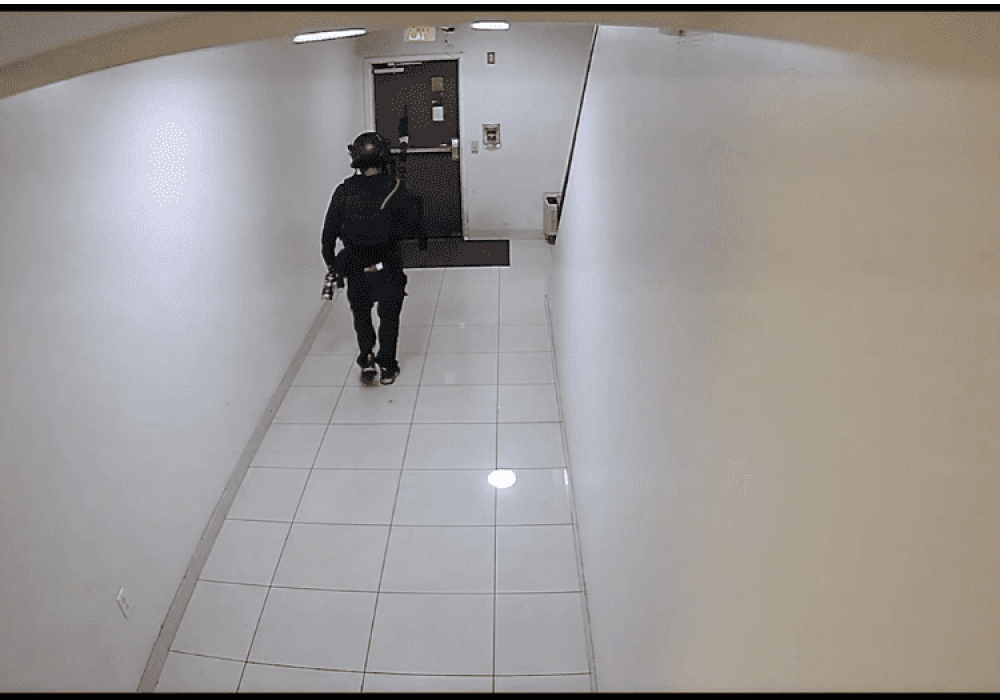2019 has seen an unprecedented number of mass shootings, in fact, we have had over 45 so far this year. The recently released report: Protecting America’s Schools: A U.S. Secret Service Analysis of Targeted School Violence, details 41 incidents of targeted school violence. What is interesting is the number of attacks that ended with only non-law enforcement intervention. If teachers and staff are acting as the first responders, then providing them with defense tools seems logical. But not everyone is eager to jump on the ‘arm teachers’ train yet.
Up Close and Personal
The debate whether to arm teachers does not appear to be going away anytime soon. But while both sides debate, the need for schools to be equipped and trained to protect our students remains.
According to the report, 88% of the attacks started and ended in the same location. The most common location… classrooms. Classrooms are confined, ‘close combat’ areas where the distance between the threat and the classroom occupants is generally less than 20 feet. With this, how can we give teachers defense tools that are effective, do not carry the stigma that firearms may have, and limit liability? The answer: less-lethal alternatives.
From Clubs to High-Tech Tools
Less-lethal (or less-than-lethal as it is sometimes referred too) weaponry is nothing new. For centuries, law enforcement officers have carried less-lethal defense tools. Gone are the days of the Billy Clubs and batons, today’s officers are armed with Pepper Spray and high-tech tools like conducted energy devices (CEDs) like Tasers.
Pepper Spray and Tasers are designed for close quarters defense and can provide effective responses to threats if properly used. They also limit the chances for collateral damage that firearms can pose.
But just because these tools are less-lethal, those tasked with using them need to be trained and educated. Additionally, they are not toys and need to be safeguarded just like a firearm would be, especially in the classroom.
While these tools may provide the common-ground alternative that both gun advocates and opponents may agree on, the real answer still rests in training and complimentary security systems.
Resources: National Threat Assessment Center. (2019). Protecting America’s Schools: A U.S. Secret Service Analysis of Targeted School Violence. U.S. Secret Service, Department of Homeland Security.











